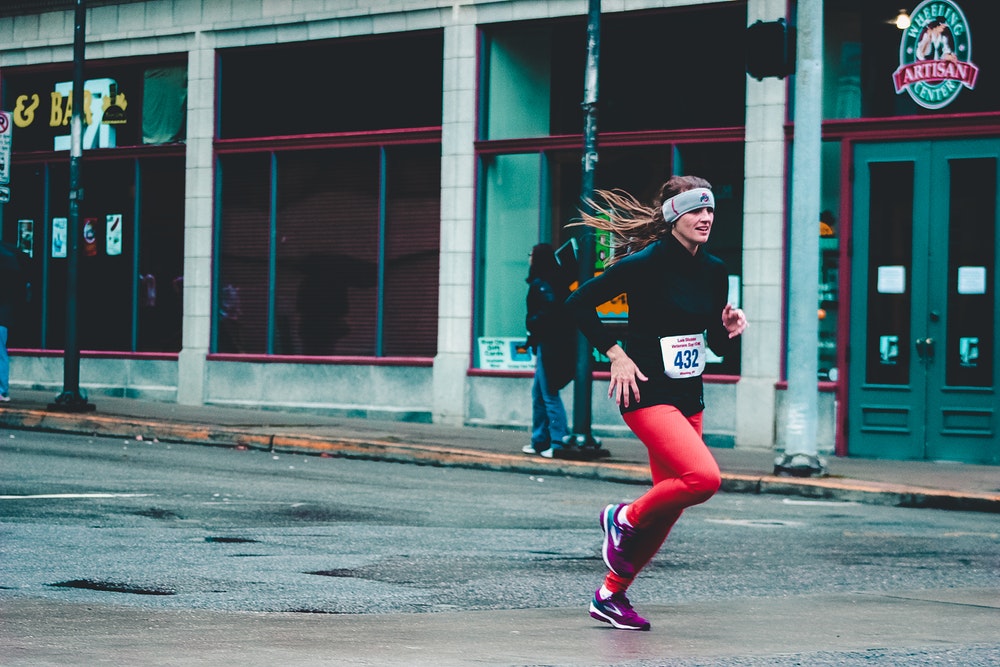Loudoun County, Va. — Knock Knock!
Who’s there?
IT Band
IT Band who?
IT Band me from the system again and said they’re gonna keep a tight watch on me!
There’s some fun physical therapy humor for you! Today, we’re going to talk about the IT band.
So what is the IT band?
First of all, it has nothing to do with computers or technology. The IT band – known as the Iliotibial tract – is a band of tissue that runs from your hip to your knee. It originates from what’s called the tensor fascae latae (TFL) and gluteus maximus and runs down to the lateral portion of your shin.
Though it’s not a muscle itself, your IT band is often affected when surrounding muscles are tight or weak, which cause their own set of issues. You can often see where the IT Band is located on a person outwardly, as there tends to be an indent with slight curvature on the side of thigh, especially in those who are very active.
What is IT band syndrome?
IT band syndrome – also known as “runner’s knee” – is a common condition among various populations. We usually see it in high intensity athletes but recreational athletes and those who like general exercise may also experience ITB syndrome.
This condition develops when the TFL and glute muscles become exceptionally tight, causing the band to be more taut than usual, leading to a snapping or clicking sensation over the lateral area of the knee. This snapping comes from constant friction of the tendon itself rubbing against the bony landmark of the femur, creating inflammation in the surrounding soft tissue.
What are some signs and symptoms of IT Band Syndrome?
- Many patients who have this condition will experience a snapping or clicking sensation around the side of the knee.
- They will also experience sharp pain and tenderness on the side of the knee when they walk, run, bike and even simply when they go up or down the stairs.
- IT band syndrome may also impact your walking pattern, or gait, and overall body mechanics as the body compensates for pain.
- IT band syndrome can also worsen those poor body mechanics that led to the condition in the first place.
IT band syndrome can be particularly nagging to bikers and runners who need high repetitions of hip and knee flexion and extension to perform. Often, pain increases once the knee is bent at a 30 degree angle because that’s just when the tendon rubs over the lateral femoral condyle. Those suffering from this may notice that the pain gets worse with activity. For example, warming up during a biking trip may feel okay, but just one mile in – or earlier – the burning, aching and sharp pain will quickly make itself known and continue until after the exercise is over.
It’s important to note this can easily turn into a chronic condition if not caught and treated early.
So how can physical therapy treat this condition?
With physical therapy, there’s a method to the madness. Every exercise prescribed is geared toward correcting muscle imbalances including tissues that are too tight or weak, that contribute to your condition. The manual therapy performed is beneficial for releasing bound tissues that inhibit complete and pain free motion. As the muscle connected to the band progressively loosens, the IT band will no longer have the same level of friction on the outside of the knee, decreasing the inflammation, clicking and pain that one may feel. Your body will begin to realign its structures and lead you on a path to pain free living.
NOTE FROM OUR SPONSOR: At Loudoun Sports Therapy Center, we want to work with coaches, parents and athletes themselves and help them get ahead of the injuries so they’re not losing playing time, having to rework line-ups because of injuries and keep athletes healthy all season long. Call us today to learn more!
[adrotate banner=”13″]


